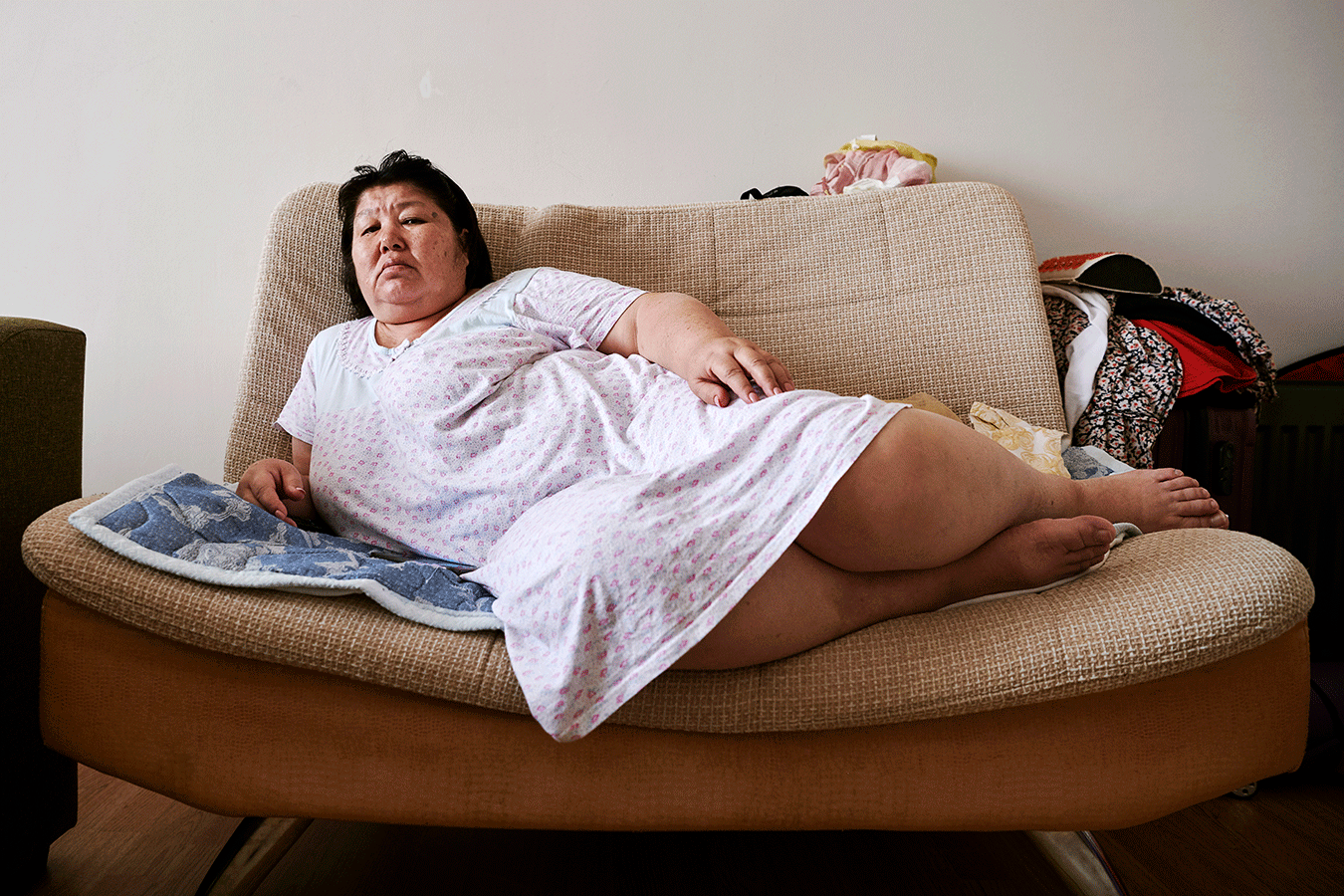ALEX SCHOELCHER: Behind the Facade
Alex Schoelcher looks in on the lives led within some of the world's most famously difficult buildings in his series Concrete Citizens - opening at Skylight Gallery, South Melbourne 6pm Feb 6 until Feb 28.
When did you first encounter Brutalist Architecture, and was it love at first sight?
I first encountered Brutalist Architecture around 2016 when I started assisting local photographer Tom Blachford, which opened up a whole new world of photography to me. And yes, absolutely love at first sight. I started following all the Socialist Modernism/Brutalist Instagram accounts, and couldn't wrap my head around the idea that people lived in those kinds of buildings, let alone that they existed at all.
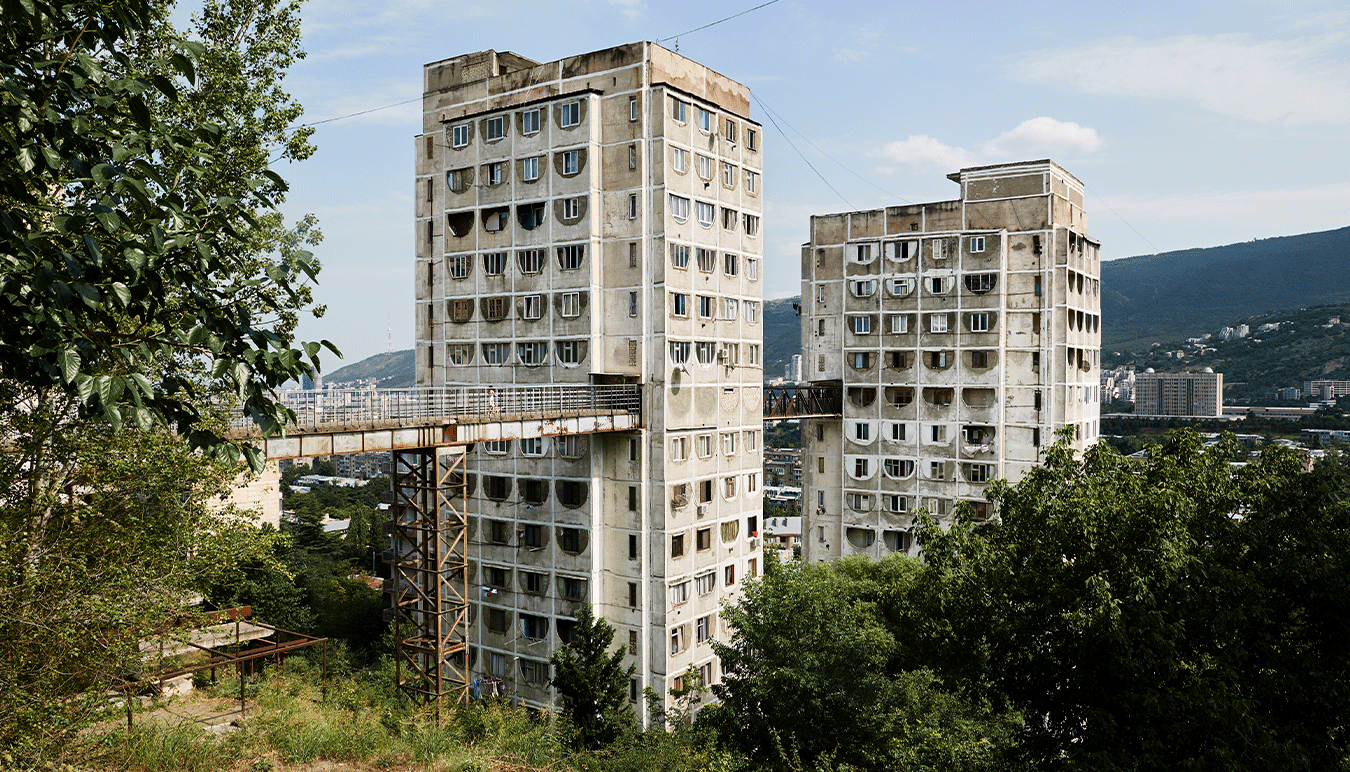
Do you have a favourite building, which is it and what makes it stand out to you?
Out of the four that I shot, it's a toss up between the Saburtalo Plato in Tbilisi (Georgia) and the Romanita in Chisinau, Moldova.
I remember seeing them both for the first time and honestly feeling like a child at Christmas, which also plays into part of the fascination to me. Not only their monstrous aesthetic, but also how exciting they are to someone like myself who has not lived that reality, and therefore has a completely different (and in my opinion, almost fetishist) way of perceiving them.
Does the stark design of brutalism differ distinctly from country to country?
I am no expert on the topic, but from what I saw, I would say that yes, it did. Supposedly when these buildings were designed, although the intention was to create living spaces that cultivated this idealised and homogenous Socialist vision of society, they also wanted to integrate aspects of each nation's culture within the structures. So for example, I noticed the apartment blocks in Tashkent, Uzbekistan (where unfortunately I did not have time to shoot), had their own unique aesthetic, compared to those in Bishkek, Kyrgyzstan. To what extent this was deliberate though, I can only speculate.
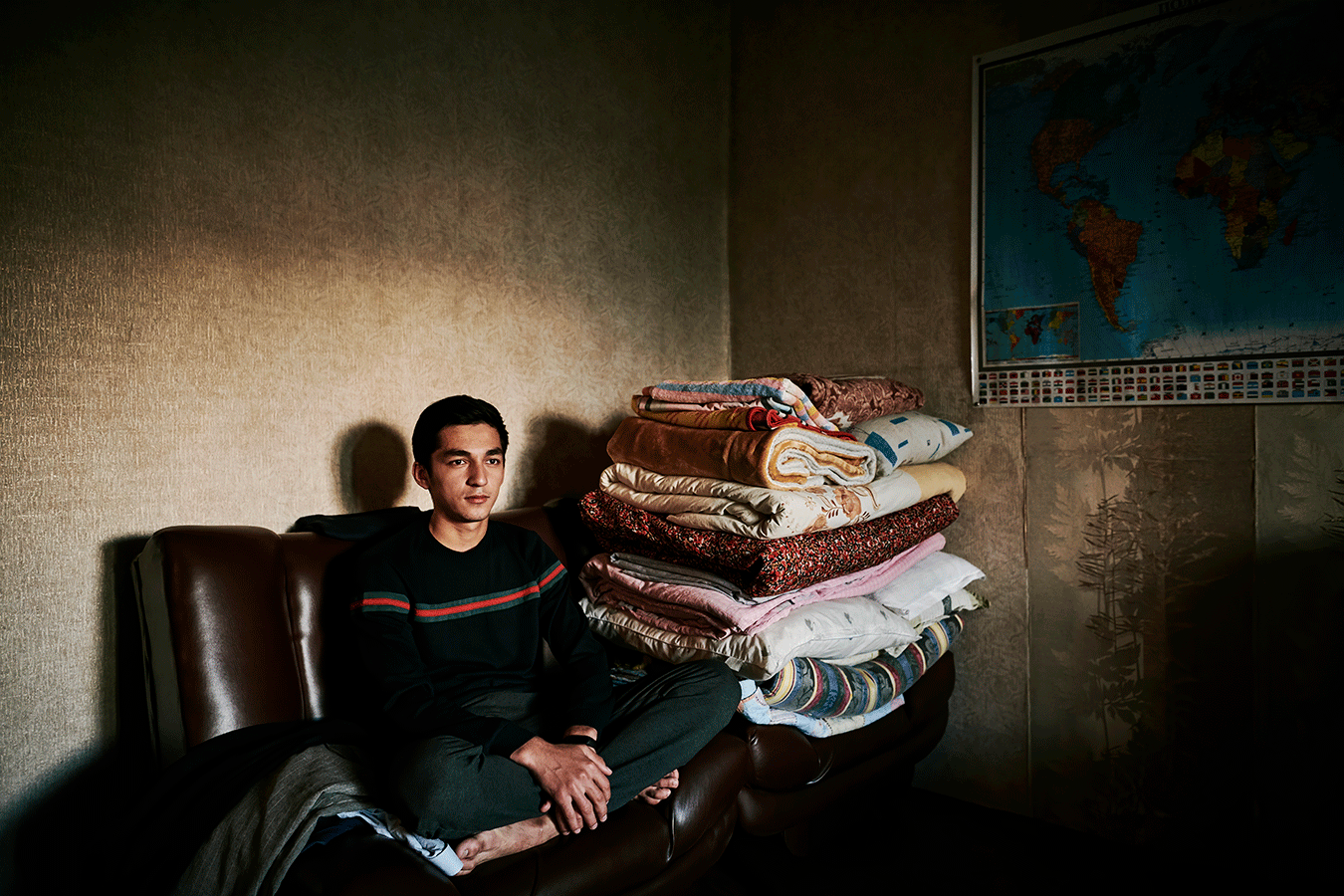
Gaining entry to an apartment is not always easy. What were your most memorable encounters while gaining access to homes, and what has been your approach to making contact and building relationships with people?
The language barrier was the single most biggest hurdle, which is why in every city that I shot in, the first step (aside from scouting the buildings) was to find someone who could help translate for me.
The most memorable incident was the one that gave me the "Eureka" moment of pursuing the project. With two good friends of mine, we got up early one morning in Tbilisi to go take a look at the Saburtalo Plato complex. As I was trying to take some very amateurish shots of the exteriors, my Georgian friend Giorgi suggested going to a nearby building and knocking on someone's door to ask for access to the balcony. I thought the idea was crazy, but he insisted, and next thing we knew, we were in someone's apartment doing exactly that.
Sitting in the living room was an old topless man (David) and his husky dog (Monty), and after taking their portrait, that's when the idea for the project fell into place. Up until then, it had never even struck me as a possibility that anyone would let me into their personal space, as well as allow me to take their portrait in such an intimate environment.
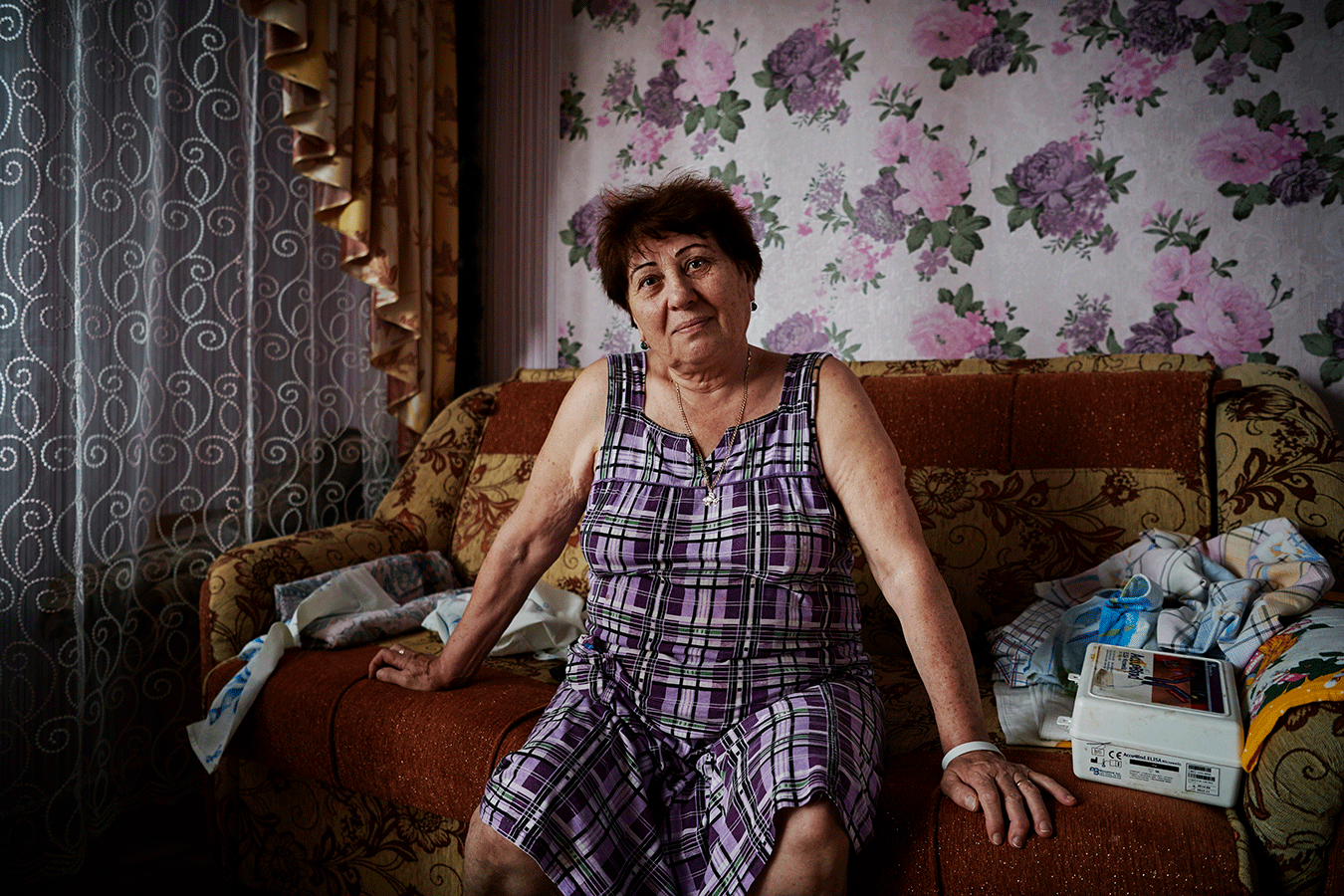
The colourful and tasteful interiors are often in stark contrast to the brutalist exterior. What has surprised you about what you've found inside the apartment blocks? And the reasons people have chosen or come to live in brutalist structures?
I think that's part of the beauty of the series.
Based on the exteriors of the buildings, I sort of expected the narrative of the images to be equally as bleak on the inside. However, in many cases I found the exact opposite, where people had gone to incredible lengths to make their personal spaces incredibly unique and comfortable.
Definitely the most surprising element of the project. Although it wasn't the rule, the majority of the people I spoke to had lived in their respective apartments for a significant period of their lives. Many residents had no alternative, however there were a fair few who had chosen to remain because they genuinely enjoyed living there, whether it was the incredible views, contentment with their living conditions, or the sense of community that surrounded them.
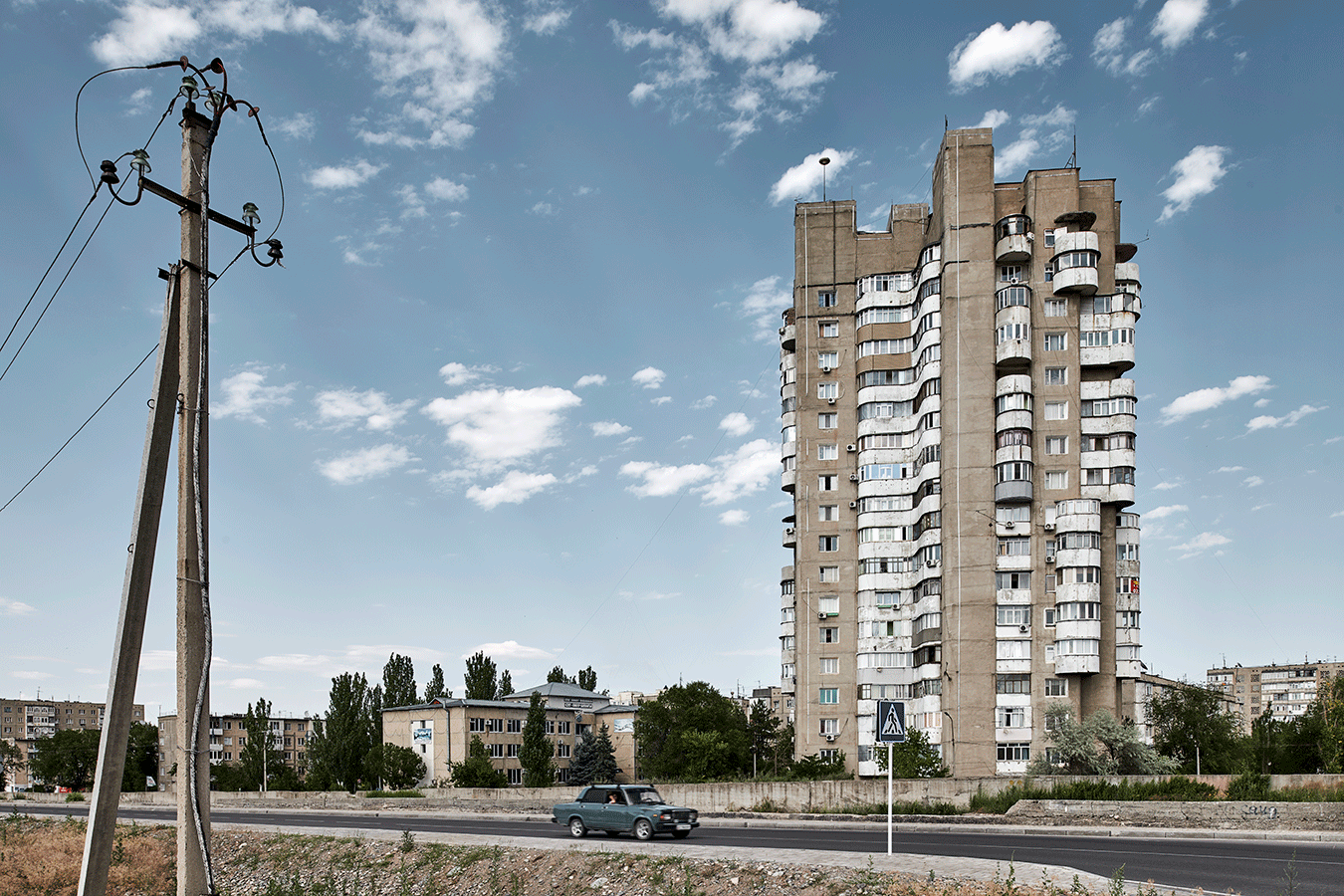
You've lived in Nigeria, Syria, Holland and the United Kingdom, before moving to Melbourne, Australia. How has your own experience of seeing places and people contributed to your photographic practice?
I'd say the biggest influence this has had on me is that, from a very young age, moving around and travel was just a normal part of life, and the reality of visiting a relatively unknown country is not so foreign to me as it might be to someone who has not enjoyed the same upbringing.
You've founded and built the beginnings of the World Portrait Archive – what was your motivation in doing so?
My first real introduction to street portraiture was Scott Schuman (the Sartorialist), however after shooting street style in Melbourne for a few years, I got a bit jaded with the whole concept. I was visiting my mum's side of the family in Iran back in 2013, and I remember thinking how cool it would be to take that same full-body street aesthetic but implementing it on ordinary people overseas in a non-fashion context. I'd say this transition was also heavily influenced by Pieter Hugo and a series called "Welcome to Pyongyang" by Charlie Crane.
Concrete Citizens opens at Skylight Gallery, South Melbourne 6pm Feb 6 until Feb 28.
